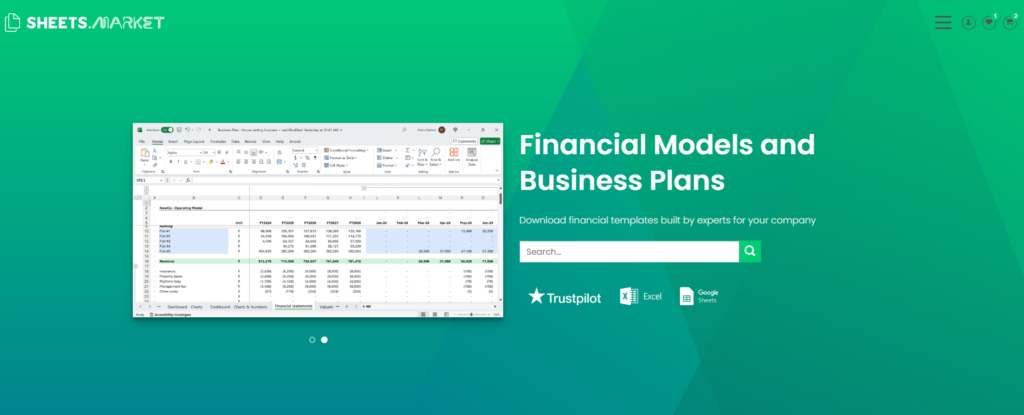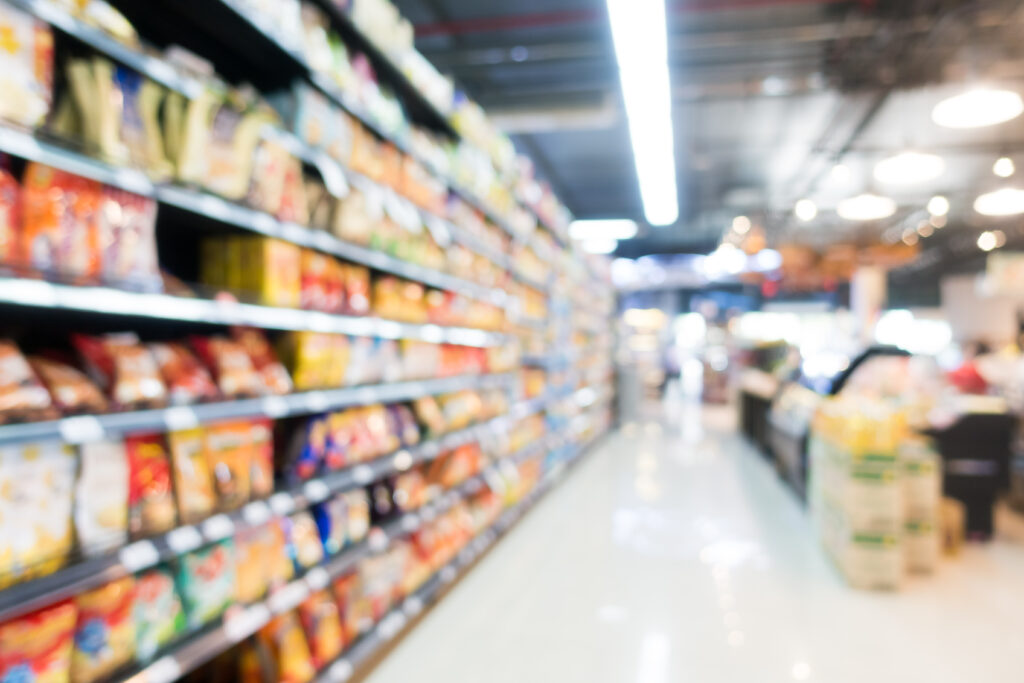Business Planning & Strategy, Financial Models
Grocery Store Business: Costs, Revenue Potential & Profitability
A grocery store operates in a high-frequency, low-margin retail segment where profitability is driven by inventory turnover, basket size, and category margin management. Despite thin per-item profit, volume and repeat footfall create substantial cash flow if operations are tightly controlled. The model’s success hinges on SKU velocity, shrinkage control, and efficient supply chain execution and not just shelf space.
Asset Configuration
CapEx is high relative to square footage, due to refrigeration, shelving, checkouts, and inventory systems. A typical store ranges from 2,000–15,000 sq. ft., with dry goods, perishables, chilled, and frozen sections, as well as point-of-sale and warehouse zones.
| Asset Category | Cost Range (USD) | Notes |
|---|---|---|
| Shelving, Racks, and Fixtures | $50,000 – $120,000 | Gondolas, baskets, signage, dry goods display |
| Refrigeration & Freezer Units | $100,000 – $250,000 | Meat, dairy, frozen, produce, HVAC-backed systems |
| POS, Inventory & Scanner Systems | $20,000 – $40,000 | Checkout terminals, price labeling, stock management |
| Back-of-House Storage | $15,000 – $30,000 | Receiving bay, cold room, pallet storage |
| Initial Inventory (sellable) | $150,000 – $400,000 | Mix of perishables, packaged goods, non-food items |
Total CapEx: $335,000 – $840,000, depending on store size and automation. Urban or specialty markets may include deli, bakery, or butcher zones with higher buildout cost.
Revenue Model
Revenue is transaction-based, with average basket sizes ranging from $20–$60, depending on location and target demographic. Core categories include produce, meat, dairy, dry goods, snacks, and beverages. Ancillary revenue includes lottery, prepared foods, delivery, and seasonal items.
Annual Revenue Potential for a 5,000 sq. ft. Neighborhood Grocery Store
| Revenue Stream | Volume Assumption | Annual Revenue (USD) |
|---|---|---|
| Grocery Sales (in-store) | 140,000 transactions @ $35 avg. | $4,900,000 |
| Prepared Foods & Bakery | $3,000/week avg. | $156,000 |
| Beverages (alcohol & soft) | $2,000/week avg. | $104,000 |
| Delivery & Online Orders | $1,500/week avg. | $78,000 |
| Miscellaneous (lottery, floral) | $750/week avg. | $39,000 |
| Total | $5,277,000 |
Well-located mid-sized stores can exceed $6M–$10M/year. Larger supermarkets and discount chains can scale to $15M–$30M+, depending on format and footprint.
Operating Costs
Grocery stores operate on tight margins. COGS is typically 70–75%, labor is semi-fixed, and shrinkage (perishables loss) is a major risk. Success depends on cost control, supplier terms, and throughput efficiency.
| Cost Category | Annual Cost (USD) |
|---|---|
| Cost of Goods Sold (COGS) | $3.69M – $3.96M |
| Labor & Payroll | $675,000 – $835,000 |
| Rent & Utilities | $265,000 – $370,000 |
| Shrinkage & Waste | $105,000 – $210,000 |
| Marketing & Loyalty Programs | $50,000 – $100,000 |
| POS, Tech, Admin Systems | $100,000 – $150,000 |
| Total | $4.89M – $5.63M |
Well-run stores operate at 7–10% gross margin, with 4–7% EBITDA margins. Poorly managed stores fall below 3% EBITDA, often due to shrinkage, overstaffing, or poor inventory planning.
Profitability Strategies
Grocery store profitability hinges on turnover velocity, category margin control, and waste reduction.
The core lever is SKU rationalization. Focus on high-velocity SKUs within each category and avoid over-assortment, especially for perishables. Track sales by shelf week and set automatic reorder thresholds based on volume, not guesswork. Eliminate underperforming SKUs quarterly.
Next, manage category margin mix. While produce, dairy, and meat draw traffic, profit comes from center-store items (e.g., snacks, condiments, beverages) and private-label products.
Invest in shrinkage control. Daily cycle counts, FIFO enforcement, and smart discounting for near-expiry items are critical. Use markdown schedules to recover margin from perishables while they’re still sellable.
Increase basket size with cross-category promotions (“Buy pasta, get sauce 50% off”), end-cap merchandising, and impulse checkout zones. Leverage loyalty programs with personalized coupons based on purchase history to drive repeat visits.
Lastly, use tech to compress labor cost. Implement self-checkout for small baskets, automate inventory tracking, and centralize planogram resets. The goal is higher revenue per labor hour, not higher sales per square foot.
So what?
A grocery store is not a shelf-stocking business – it’s a volume-led logistics and inventory yield engine. Profitability depends on SKU velocity, category discipline, and shrinkage control and not just foot traffic. Operators who manage margins at the shelf level, enforce inventory rigor, and optimize per-basket contribution can achieve 4–7% EBITDA margins on $5M+ annual revenue, with >$250K/year in profit. In grocery retail, freshness sells but efficiency sustains.

Are you considering opening your Grocery Store business? Download the comprehensive Jewelry Store Business Financial Model Template from SHEETS.MARKET to simplify your financial planning. This tool will help you forecast costs, revenue, and potential profits, making securing funding and planning for success for your Grocery Store business easier.



